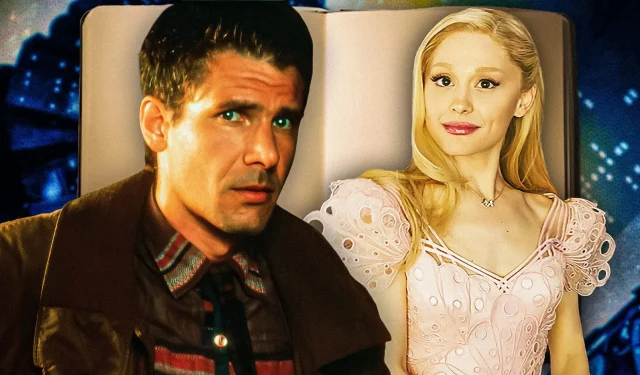
Film adaptations of literary works frequently modify the source material, often enhancing the narrative in the process. It’s a common belief that books generally surpass their cinematic counterparts due to their ability to delve deeper into character psychology, provide extensive plots, and include vivid descriptions that films may struggle to capture effectively. However, in many instances, movies can serve as a refined version of the initial narrative, presenting a second draft that improves over the original.
There are several methods through which films can elevate a book’s storyline. Adaptations may vary significantly in their faithfulness to the source material, often cutting unnecessary scenes to streamline the plot, which can enhance the overall storytelling. Directors sometimes opt for significant character reinterpretations that lead to fresh and compelling narratives, diverging from the original book in beneficial ways.
10
Removing Lucy Mancini’s Subplot
The Godfather
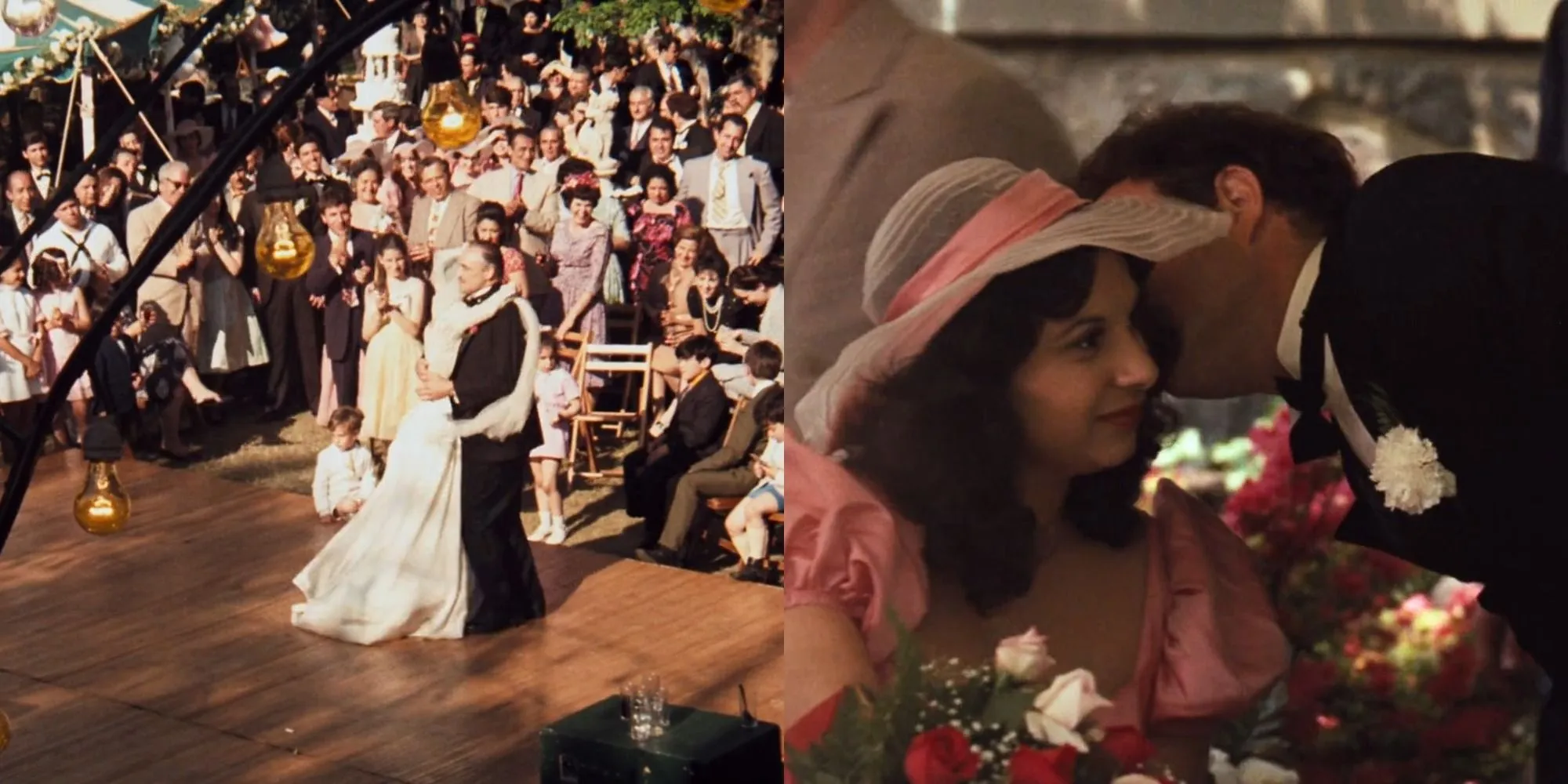
Despite its recognition as one of cinema’s greatest films, many viewers may not know that The Godfather is based on Mario Puzo’s novel of the same title. Puzo contributed to the sequels, but they were original stories. While the movie largely adheres to the book, it notably omits a subplot about Lucy Mancini, whom Sonny Corleone seduces during Connie’s wedding.
In the novel, Lucy’s narrative is expanded to elevate Sonny’s mythos, suggesting she undergoes surgery after his death, claiming no other man can satisfy her. This subplot not only reads as distasteful but is also biologically inaccurate. The film wisely cuts this misogynistic storyline, highlighting Puzo’s shortcomings in writing female characters.
9
Toning Down The Mature Content
Wicked
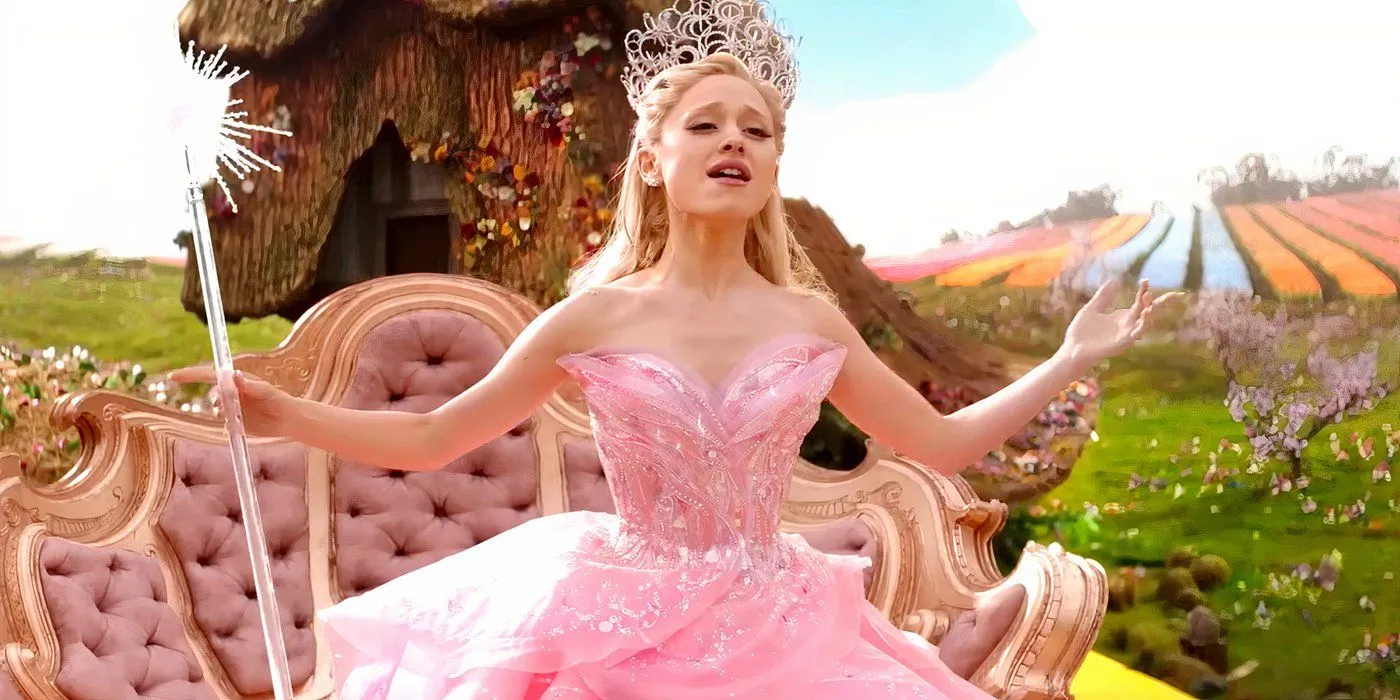
The recent adaptation of Wicked is the latest link in a chain of storytelling that began with a musical, later developed from a book that, in turn, spun off from a classic film. The original novel presents a darker and more complex narrative than both the stage and film adaptations, making it hard to believe they all recount the same story. For instance, the book opens with mature themes, including a rumor about Elphaba’s intersex status.
This initial chapter leads to a narrative that dives deep into Elphaba’s activism and the struggles faced by talking animals, while also including adult themes such as a rather graphic incident from her infancy and an early marriage for Fiyero. Given the cheerful nature of the original movie, the film’s decision to tone down these aspects was a sound choice to cater to a family audience.
8
Ridley Scott Went With A Better Title
Blade Runner
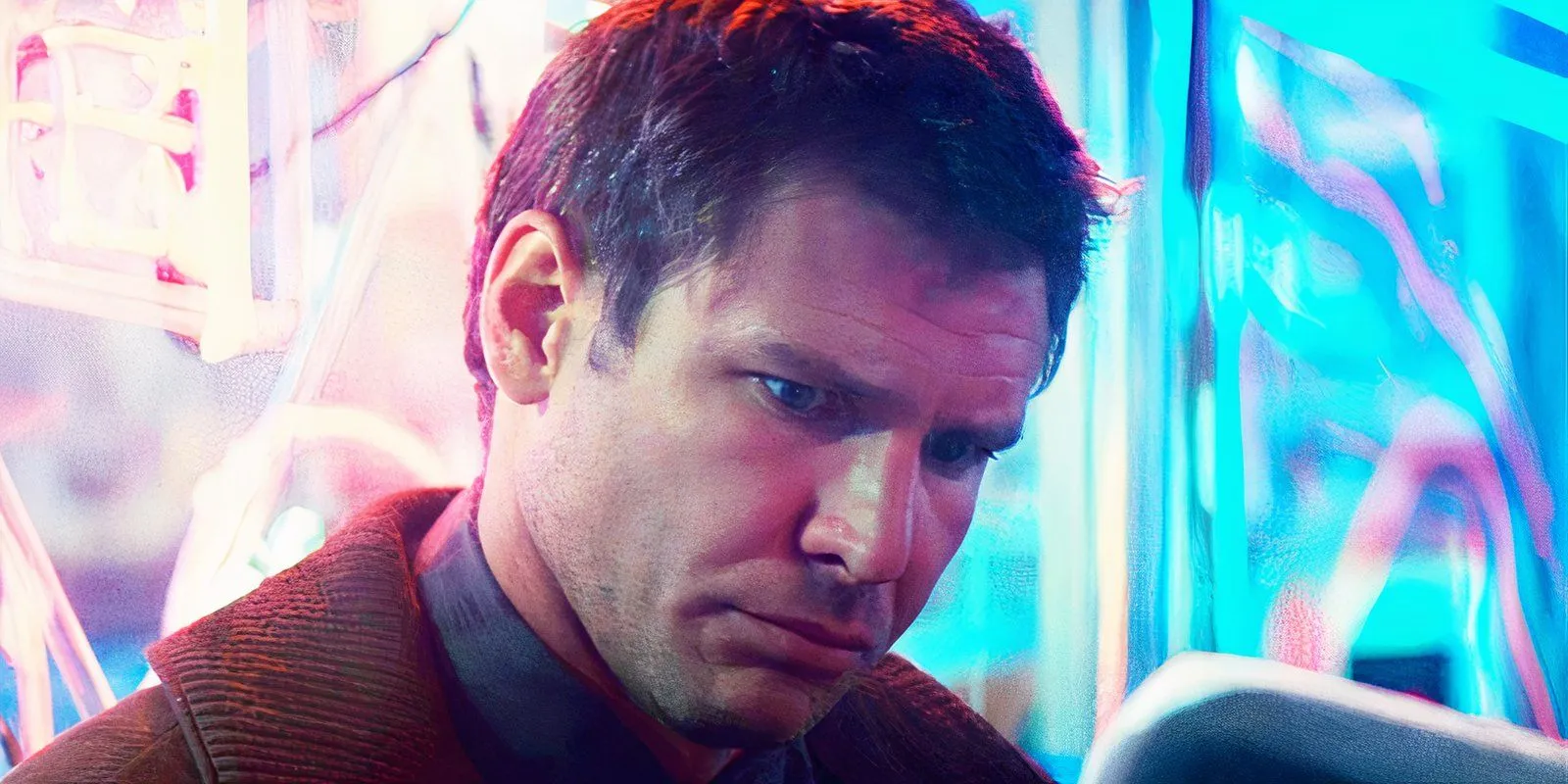
Ridley Scott’s Blade Runner stands out as an exemplary adaptation of Philip K. Dick’s novel, Do Androids Dream of Electric Sheep? Both narratives are remarkable, yet Scott notably improves the title. The term “Blade Runner,” originally denoting someone who deals with medical instruments, translates intriguingly within the film’s context as a hunter of Replicants.
Interestingly, neither “Blade Runner”nor “Replicant”appear in the novel, showcasing Scott’s adeptness at crafting a compelling title that enriches the film’s world-building. Acquiring the rights to this title from a different science fiction work serves to cement its connection to the visually stunning adaptation.
7
Getting Rid Of Robert And Sophie’s Romance
The Da Vinci Code
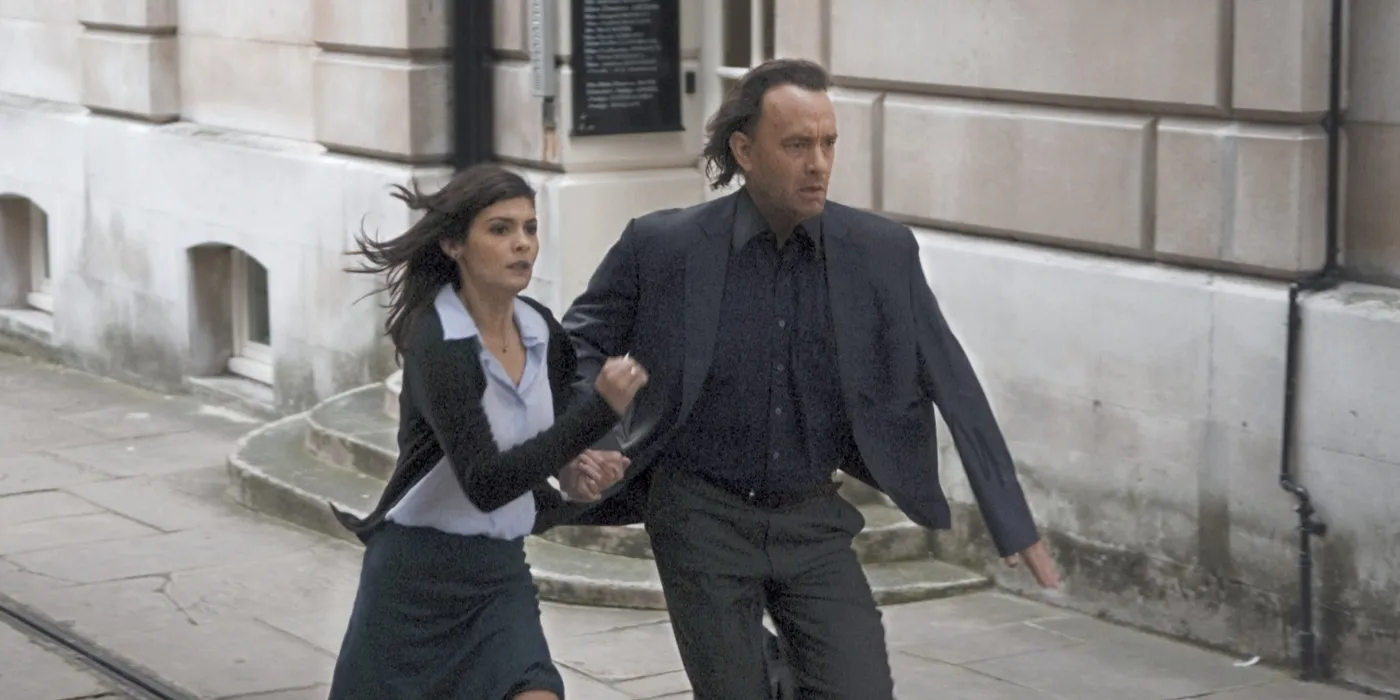
Beginning the Robert Langdon film series, The Da Vinci Code presents a riveting tale of a Harvard symbologist and cryptologist seeking the Holy Grail. While the book introduces a romantic subplot between Robert Langdon and Sophie Neveu, the film opts to omit this relationship, allowing the narrative to concentrate on the cryptic puzzles and intrigue that Dan Brown is celebrated for.
Though the thematic interplay between the masculine and feminine elements is evident in the book through their relationship, eliminating this romance enhances the plot’s strength, allowing Langdon and Sophie to remain focused and collaborative in their pursuit, demonstrating a refreshing choice that avoids needless romantic distractions.
6
An Ending That Makes More Sense And Is Tonally Consistent
Fight Club
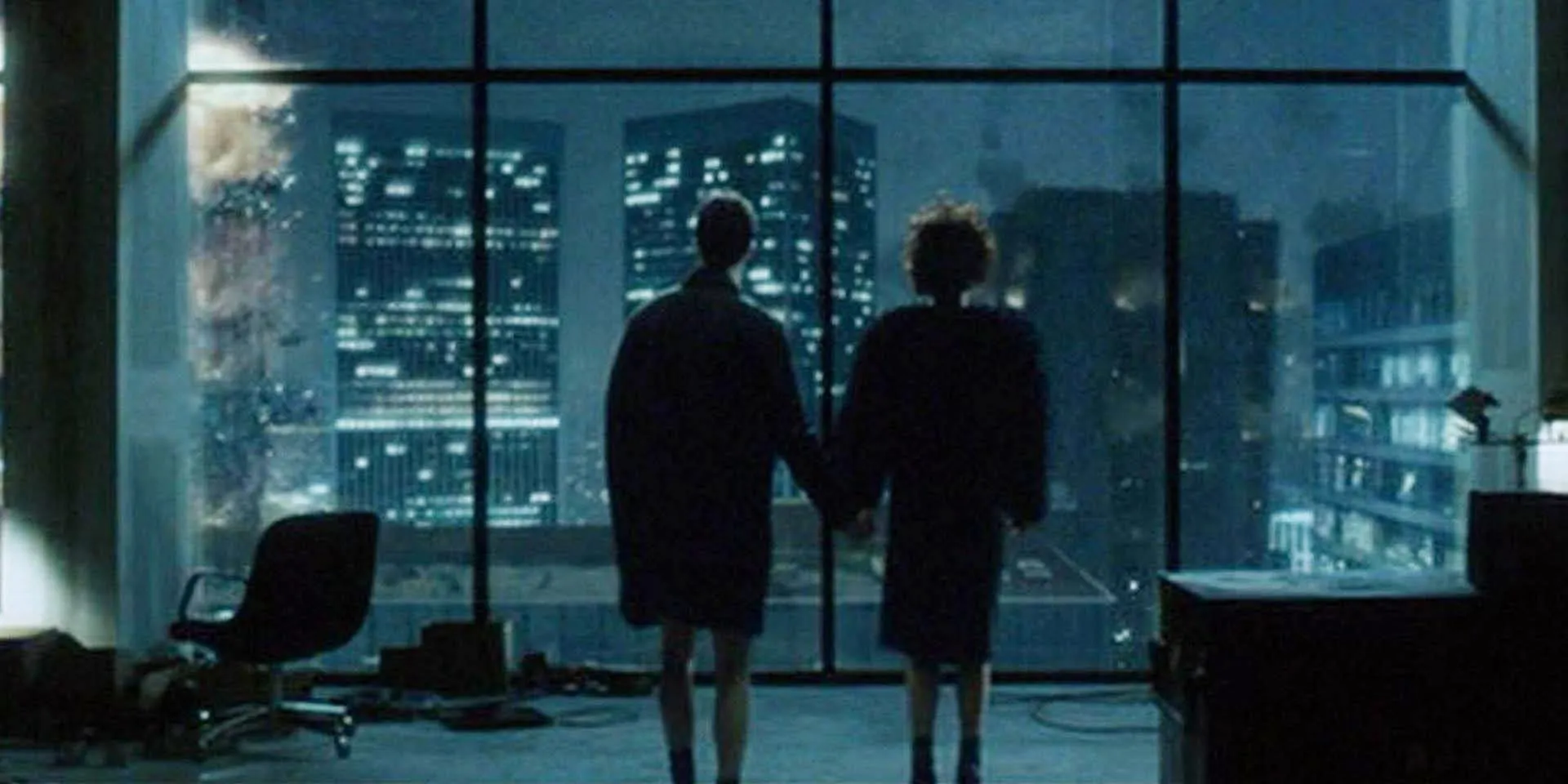
Fight Club has frequently been cited as a prime example of a film surpassing its source material, with author Chuck Palahniuk acknowledging the movie’s superiority in conveying his intended narrative. While the book and film share several differences, the most significant divergence lies in the film’s ending, which resonates more powerfully than its literary counterpart.
The book concludes with the narrator attempting suicide and ending up in a hallucinated conversation with God while confined in a mental facility. In contrast, the iconic film ending features the narrator and Marla entwined as the world around them collapses, perfectly underscored by the haunting melody of The Pixies’ “Where Is My Mind?” This compelling conclusion leaves a lasting impact, reinforcing the greatness of Fincher’s adaptation.
5
Giving Lex Murphy Something To Do
Jurassic Park
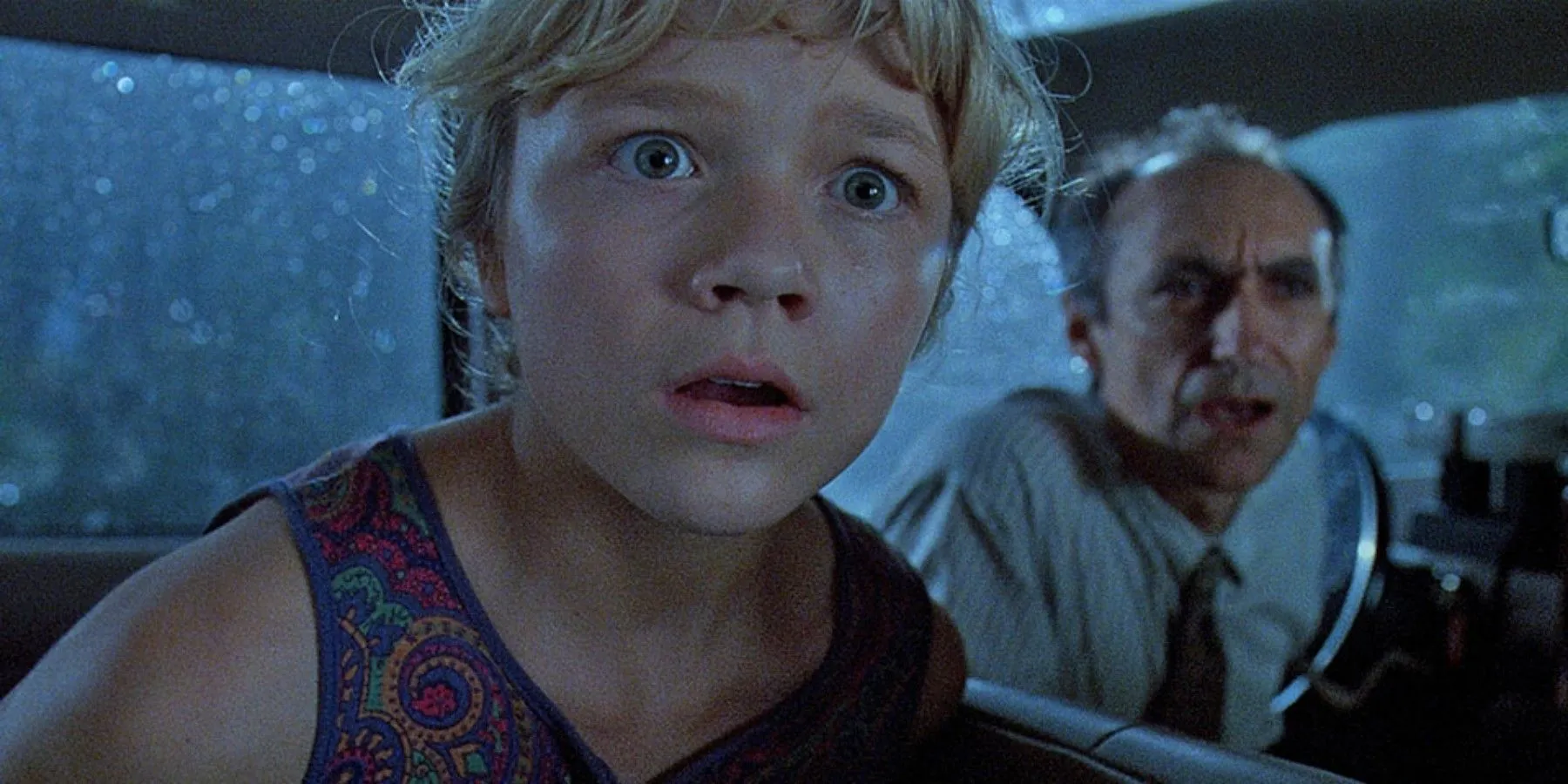
Michael Crichton’s Jurassic Park is a celebrated novel, yet Crichton’s portrayal of child characters has faced criticism. In the film adaptation, the characters of Lex and Tim Murphy also appear, but the movie significantly reworks Lex’s role, transforming her from an apathetic bystander into a valuable participant in the storyline.
The book depicts Lex as uninterested in the awe of resurrected dinosaurs and instead focuses on baseball, rendering her nearly irrelevant. To remedy this, the film adaption assigns Tim’s computer skills to Lex, integrating her more meaningfully into the action and eliminating her portrayal as a passive character.
4
Making Jack Torrance The True Villain
The Shining
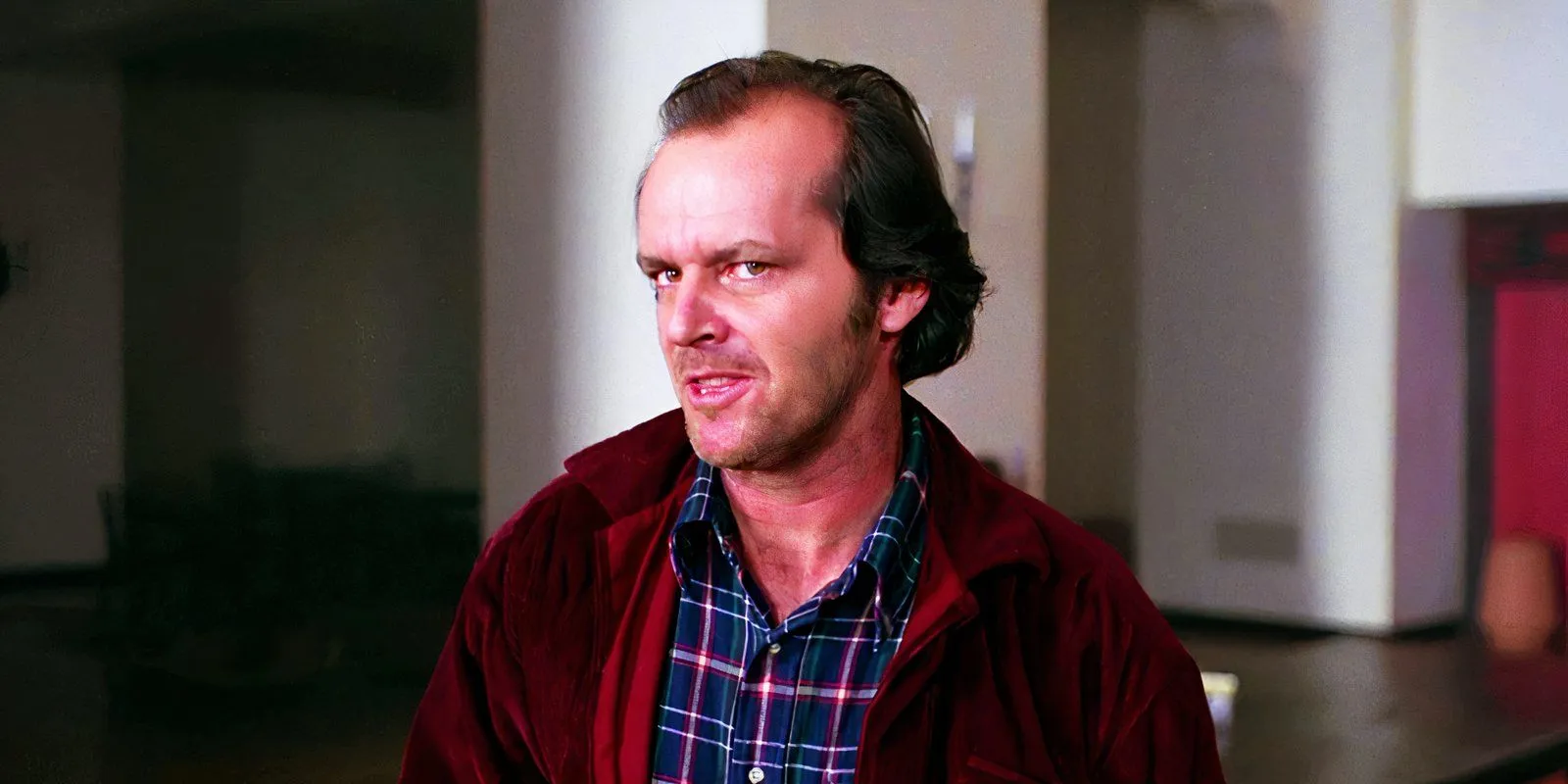
Stanley Kubrick’s adaptation of Stephen King’s The Shining provokes mixed feelings from the author, who constructed Jack Torrance as a victim of the Overlook Hotel’s malevolence. In contrast, Kubrick emphasizes Jack’s innate darkness, suggesting that the hotel merely amplifies his pre-existing violent tendencies.
This distinction is significant; King’s portrayal allows for a more complex exploration of addiction and self-destruction, while Kubrick’s vision presents a compelling narrative centered on Jack as inherently flawed, making it a more engaging concept that resonates with audiences, solidifying the film’s status in popular culture.
3
The Weirdly Happy Ending
A Clockwork Orange
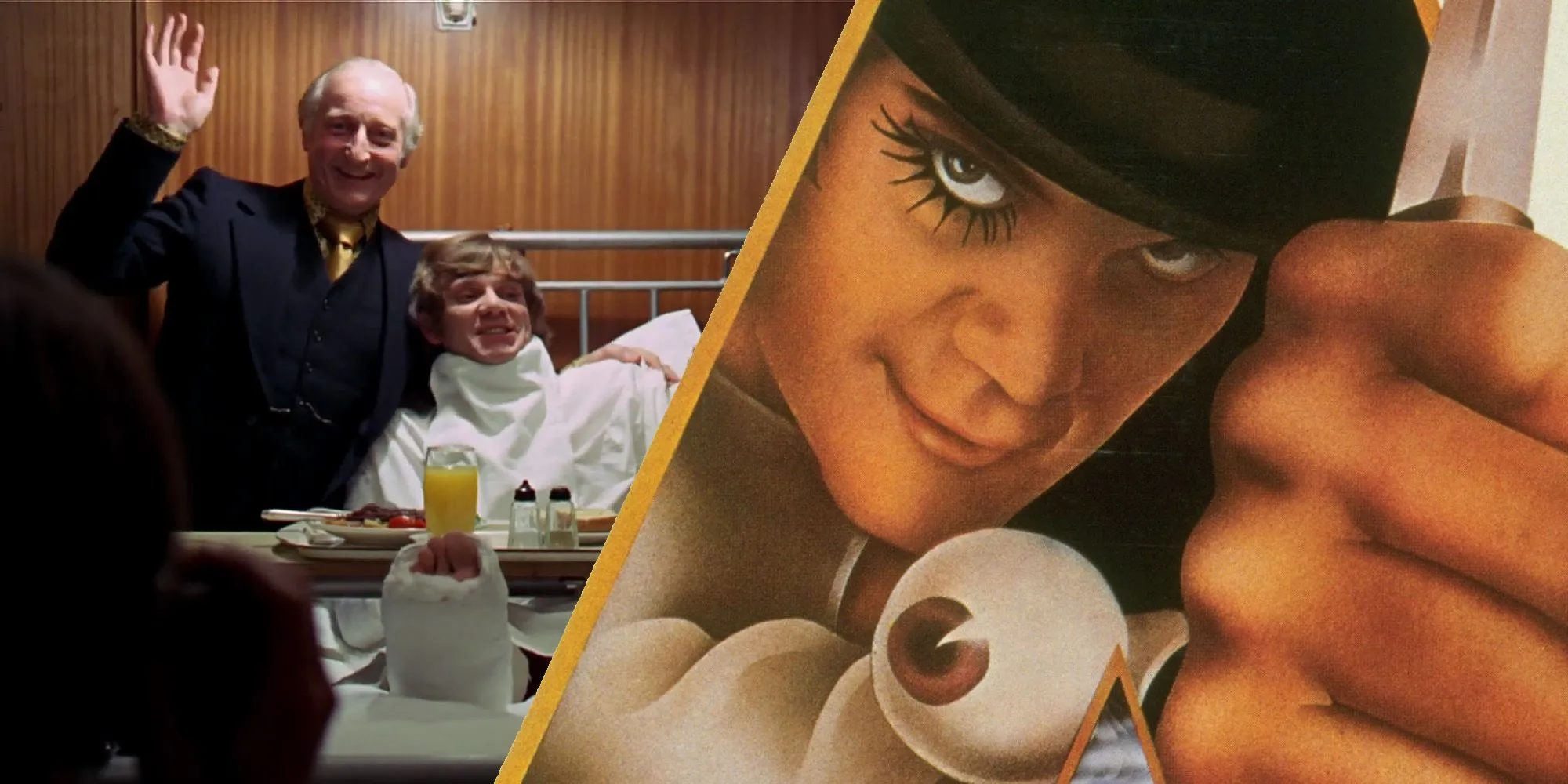
Another remarkable Kubrick adaptation is A Clockwork Orange, which depicts the life of a young delinquent named Alex undergoing a controversial rehabilitation. Both the film and book offer different conclusions, leading to starkly contrasting interpretations of Alex’s transformation.
While the film ends with Alex embracing a new rehabilitation that still harbors thoughts of violence, the book’s optimistic conclusion involves Alex running into an old acquaintance who has found happiness, prompting him to reconsider his violent lifestyle. This shining light of hope in the book undermines the profound thematic explorations exhibited in Kubrick’s adaptation, making the film’s ending more impactful.
2
Cutting Out Forrest’s Adventures In Space And Africa
Forrest Gump
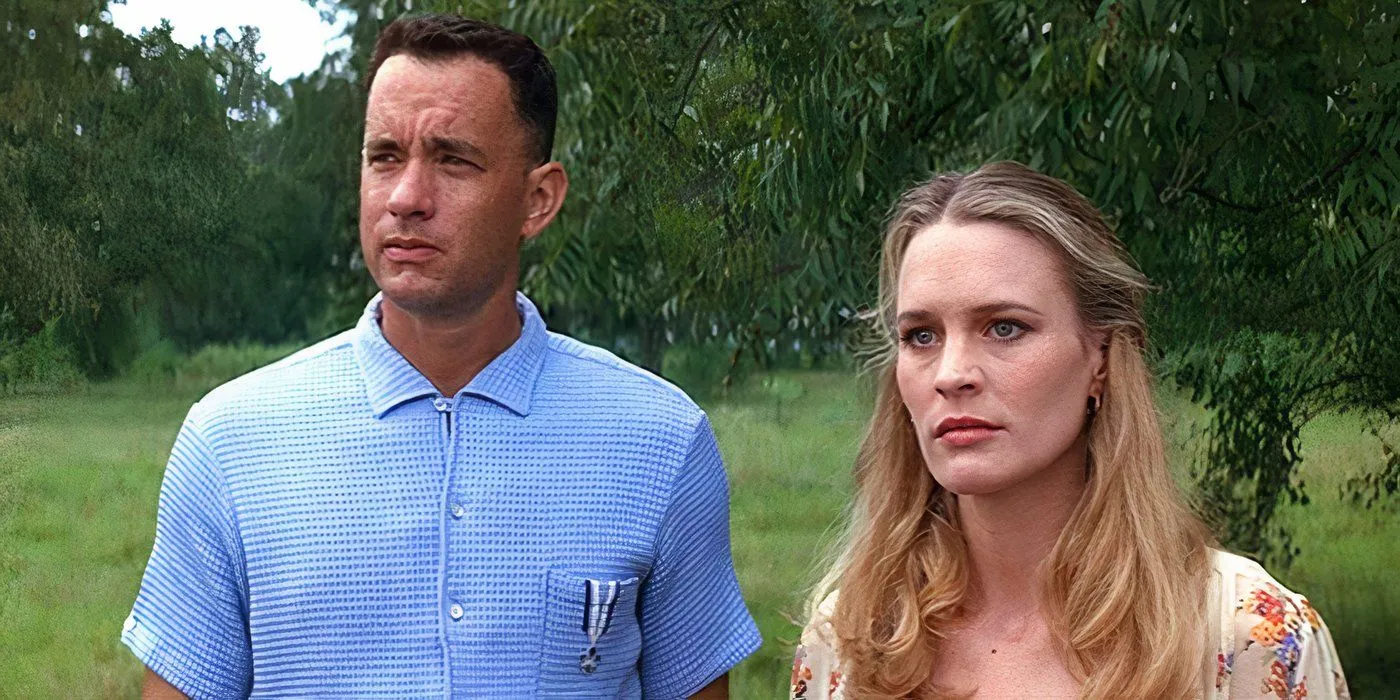
Forrest Gump is a unique narrative that intertwines the life of a simple man with significant historical events. The book, however, contains even more absurd escapades, particularly in its sequel, Gump and Co., where Forrest has outrageous experiences, including space travel with an orangutan.
This narrative element, featuring a journey that stretches the bounds of credibility, would have not only significantly escalated the film’s budget but also pushed the story’s realism beyond acceptable limits. As such, the decision to exclude these chapters was both practical and essential for maintaining the film’s coherence.
1
Chani’s Reaction To Paul’s New Bride
Dune: Part 2
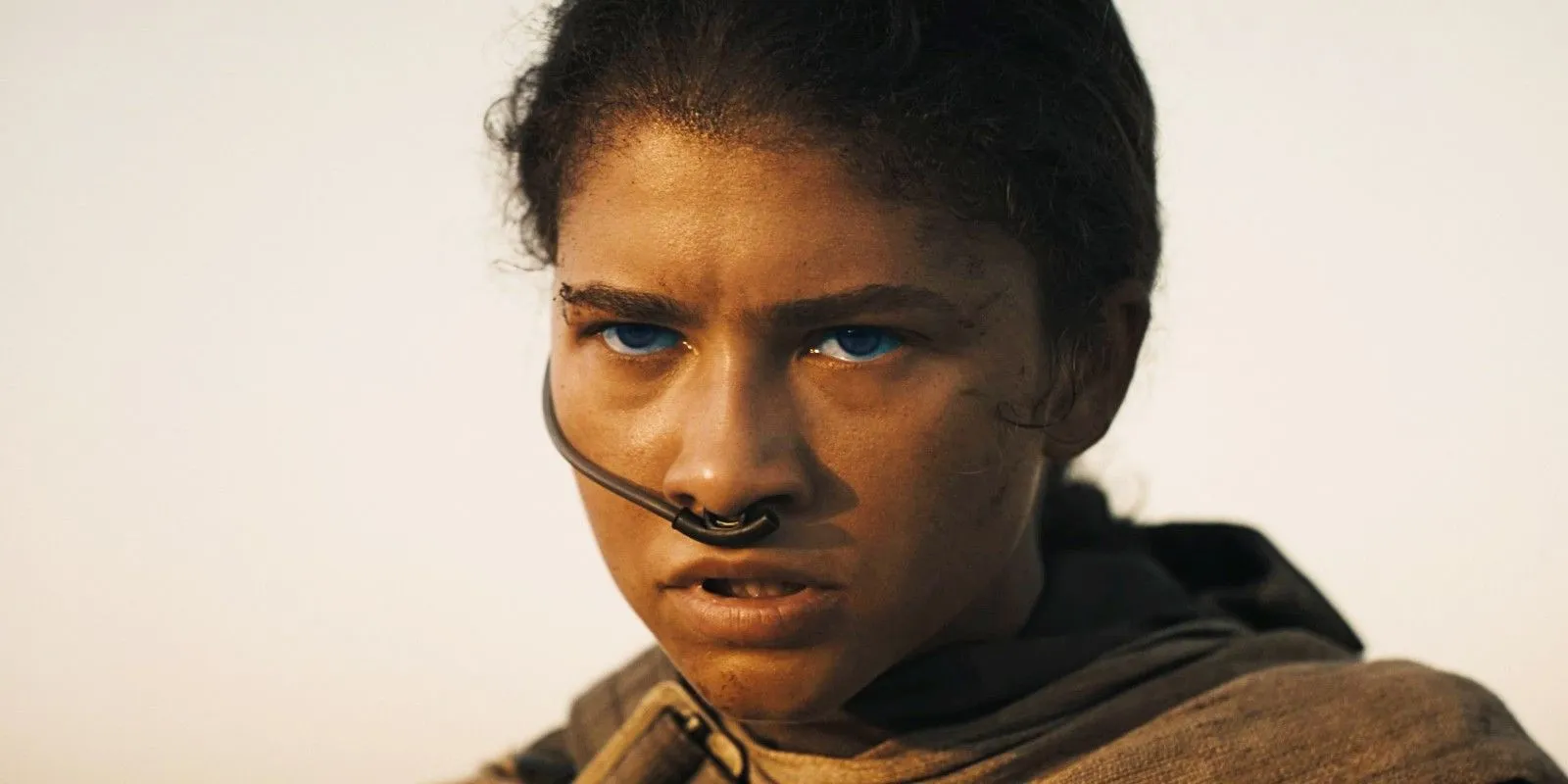
Denis Villeneuve’s Dune series has largely maintained fidelity to Frank Herbert’s intricate narratives, though adaptations often necessitate some excision of superfluous content. A prominent alteration occurs in the portrayal of Chani, who becomes heartbroken when Paul Atreides announces his marriage to Princess Irulan, creating a more emotionally resonant character compared to Herbert’s original depiction of her acceptance of being Paul’s mistress.
This change enhances the authenticity of Chani’s character and sets the stage for forthcoming developments in Dune: Part Three, promising an engaging exploration of her emotional journey and the dynamics of love and power.




Leave a Reply ▼